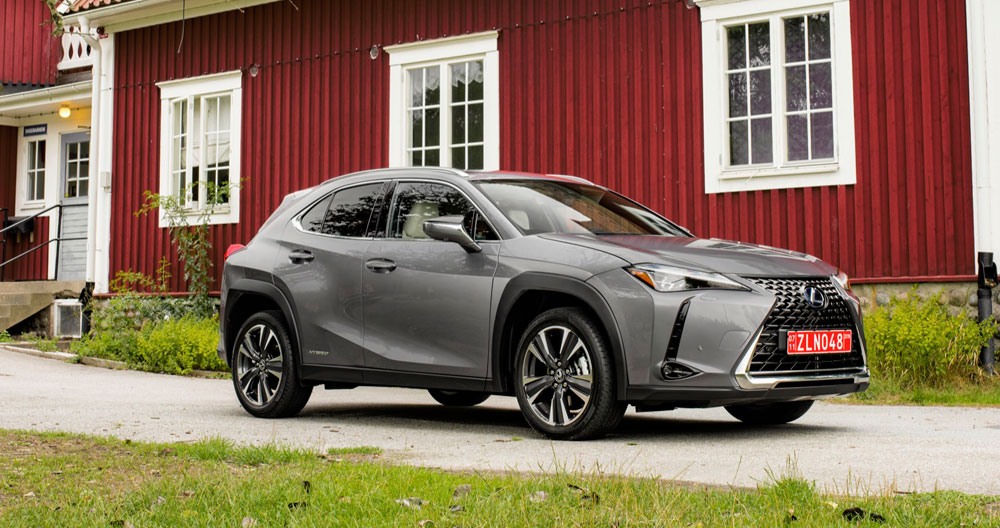Here’s the next installment in the Lexus UX photo galleries — this time, it’s the hybrid UX 250h in Nebula Gray Pearl:

Posted by ![]() Kevin on August 29th, 2018
Kevin on August 29th, 2018
Here’s the next installment in the Lexus UX photo galleries — this time, it’s the hybrid UX 250h in Nebula Gray Pearl:
Sorry. No data so far.

Comments